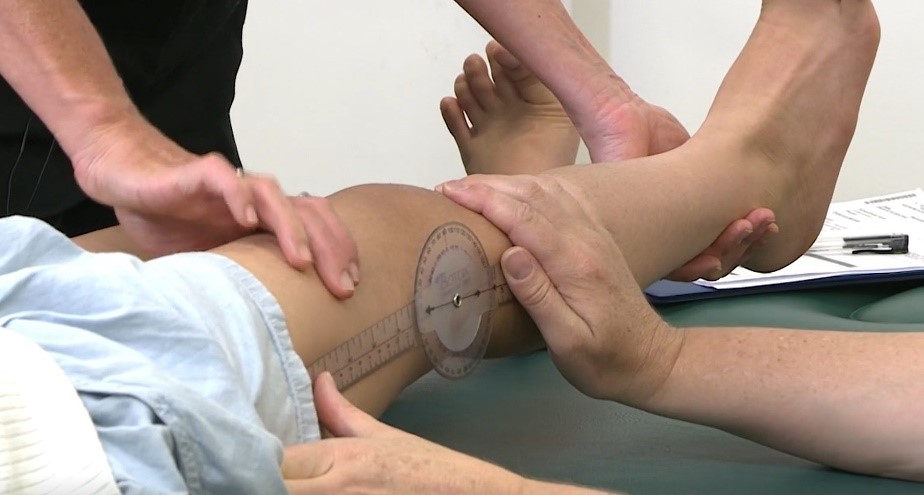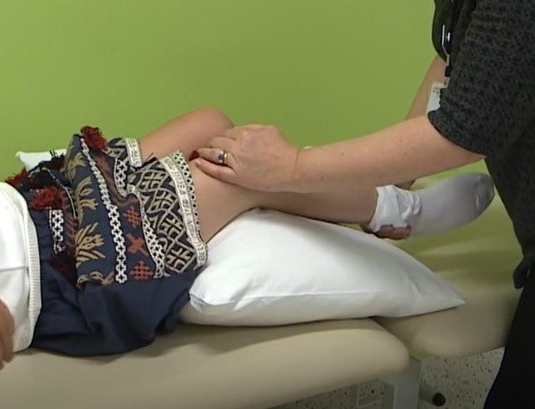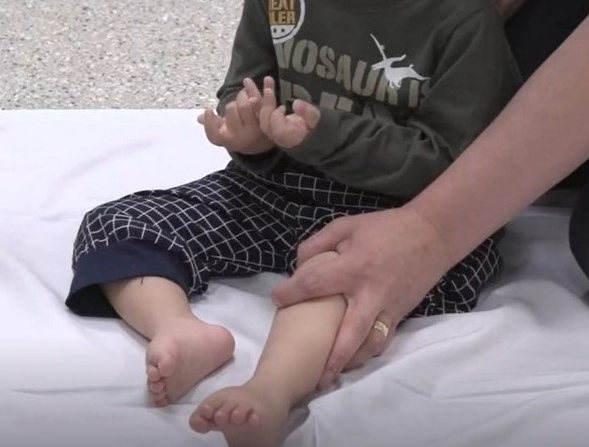SMA and Stretching
Stretching keeps the muscles of our body flexible, and healthy, and helps the joints of the body to maintain their full range of motion. Muscles and joint tightness can impact on body movement and limit physical function. Stretching exercises to maintain muscle length and joint range of motion are prescribed by physio and occupational therapists for children and young people with SMA.
Why has my therapist recommended a stretching program for my child?
Your therapist may have recommended specific stretches because your child has developed or is at risk of developing tightness in their muscles or joints.
Tightness may occur because:
- your child’s ability to move their body has been affected
- muscle strength around a joint has been affected
- your child has developed a preferred or habitual position
Stretching to limit or prevent tightness is important to ensure your child:
- feels comfortable and free from pain and stiffness in their body
- can maximize their ability to move
- has enough movement to gain new skills
- can avoid surgery
How do therapists measure my child’s muscles and joints?

Your therapist will use a special ruler called a goniometer to measure your child’s muscle length and joint movement. They will position your child in lying and/or sitting to measure their legs and arms and will use the same position each time they take these measures.
These measures will help your therapists decide what stretches should be included in your child’s stretching program and later this will help them to decide if the stretching program is helpful.
What does a stretching program involve for my child?
Every child will have different needs when it comes to stretching. Your therapy team will decide on a stretching program designed to be carried out in your child’s home environment.
A stretching program may include:
- standing, sitting or positioning your child’s body in such a way that they feel a muscle or joint stretch
- the use of the environment or equipment like a wall, chair, wedge, sandbag or standing frame to maintain the position for a period
- the use of toys, books, and an activity or device to offer distraction
- the use of splints (knee, ankle, elbow or hand splints)
- a parent or carer to help your child stretch or set up their stretch


How much does my child need to stretch?
This question should be discussed with your therapy team and an individual stretching program should be developed for your child based on their needs and their individual circumstances.
This should include information about:
- frequency (number of times per day or per week) your child needs to stretch
- duration (the length of time) your child needs to hold the stretch or position
For best results your child’s stretching program needs to be:
- a regular part of your child’s routine (home/childcare/kindergarten/school)
- supported by family/caregivers
- performed as instructed by therapists
- reviewed and changed as your child grows and develops
Below is a summary of SMA care recommendations (published in 2018) relating to frequency and duration of stretching:
Non-sitters:
Stretches should be carried out at least 3-5 days each week with the goal of stretching 5-7 days each week.
Sitters:
Stretches should be carried out at least 5-7 days each week.
Supported standing (in a standing frame) should be done for 1 hour or more, at least 5-7 days each week.
Walkers:
Stretches should be carried out at least 2-3 days each week with the goal of stretching 3-5 days each week.
Reference: 1. Mercuri et al. Diagnosis and management of spinal muscular atrophy: Part 1: Recommendations for diagnosis, rehabilitation, orthopedic and nutritional care. Neuromuscular Disorders 2018;28(2):103-115. doi.org/10.1016/j.nmd.2017.11.005.
I am struggling to get my child to do their stretches, do you have any advice?
Establishing a stretching program can sometimes be difficult and may take time. You and your child may find the ideas below helpful.
|
TEACH your child how and why we stretch |
|
Why? Explaining why we stretch is important. How? Help your child to understand how to stretch (instructions/equipment) How long? Have a timer (clock, stopwatch, or phone timer) Record your child’s achievement in a chart or diary |
|
SET UP a space to stretch |
|
If possible: Keep a safe, clear space free just for the stretch activity in your home. Have all the equipment set up or close by, ready to stretch. Take a picture of the set up for your child to see. |
|
Agree on GOALS together |
|
Set some stretching goals together. Display your goals, e.g. length of time spent stretching or days in a row. Consider a reward after an agreed period. |
|
Establish a ROUTINE |
|
Be consistent - Choose a similar time to stretch each day Be persistent - re-try each day, forget how yesterday went Write it down - your agreed routine, e.g. to practise each day Keep it visible - use a visual chart Record - tick off your chart Praise - celebrate success |
|
Find PURPOSE by bringing in a motivating activity |
|
Decide on an activity that can ONLY be done, or a toy box that can ONLY be played with, during stretching time. |
|
BE KIND to yourselves |
|
A stretching program is important BUT it can be difficult for both you and your child.
|
|
Ideas for SUCCESS |
|
Calm and ready? Ideally, we would like your child to feel calm and ready before they stretch. Think about what might help your child achieve this. Timing Find a regular time in the day when your child is less likely to be hungry, tired, or rushed. Environment Every child has an environment which suits them best. For your child, consider:
|
